
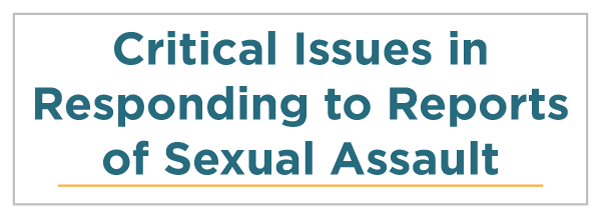 |
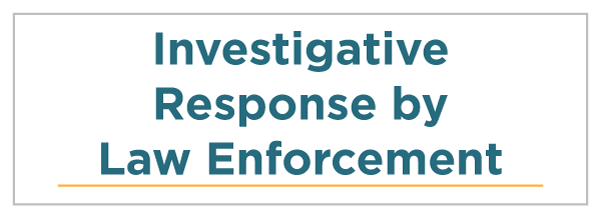 |
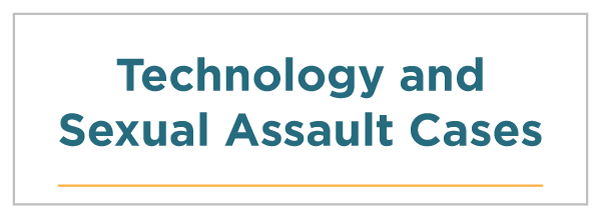 |
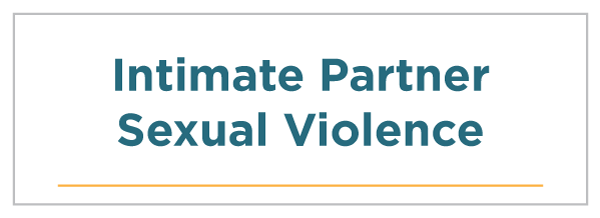 |
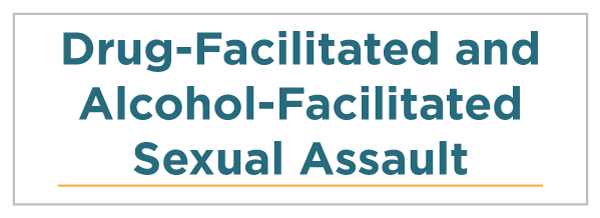 |
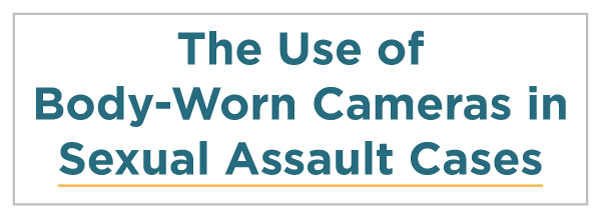 |
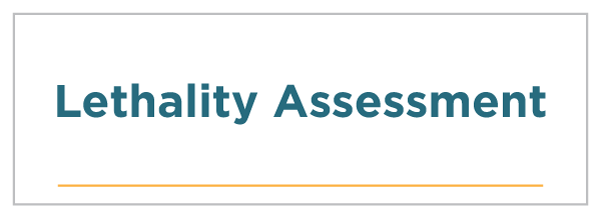 |
 |
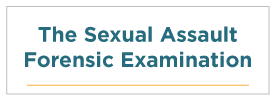 |
 |
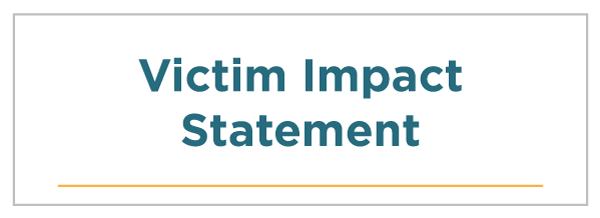 |
 |
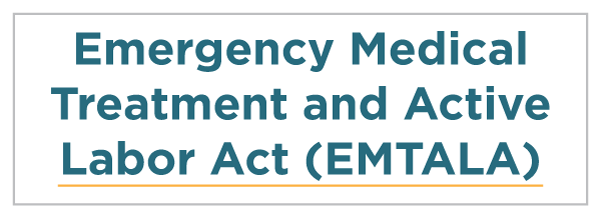 |
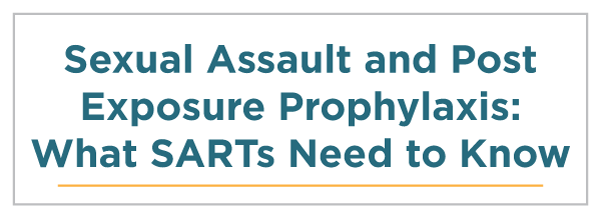 |
 |
SARTs need to be educated in all types of sexual assault, especially those that are most common but often overlooked. Most sexual assaults are committed by someone known to the victim, often in the context of an intimate partner relationship. Many SARTs are well equipped to support victims whose offender is a stranger from reporting through prosecution. Many SARTs and individual agencies on SARTs are striving to educate themselves on how to better and best support victims whose offender is an intimate partner.
Intimate partner sexual violence (IPSV) can be defined as any unwanted sexual contact or activity by an intimate partner forced on the other partner through fear, threats, violence, or other forms of control. [22] IPSV may be referred to as marital rape, spousal rape, intimate partner rape, or domestic violence. [23]
IPSV can be committed in heterosexual or lesbian, gay, bisexual, transgender, or queer (LGBTQ) relationships, against citizens and non-citizens, English speakers and non-English speakers, and people from all socioeconomic groups, at any age, by —
Data from the National Intimate Partner and Sexual Violence Survey (NISVS) suggests that almost 1 in 10 women residing in the United States have been raped by an intimate partner, and almost 17 percent of women have experienced some form of intimate partner sexual assault other than rape. NISVS found that eight percent of men residing in the United States reported experiencing intimate partner sexual assault. [24]
IPSV can accompany other forms of intimate partner violence. In a study of women residing in domestic violence shelters, 75 percent of respondents reported experiencing at least 1 act of IPSV during the past year. [25] In another study of men arrested for physical assault of a female partner, 21.7 percent of respondents admitted to trying to make a female partner have sex against her will, and 17.6 percent admitted to successfully making a partner have sex against her will. [26]
People who identify as LGBTQ experience intimate partner violence at equal or higher rates than their heterosexual counterparts, [27] with significant percentages of LGBTQ people reporting IPSV experiences. NISVS data indicates that bisexual women experience higher rates of lifetime IPSV than heterosexual women (22.1 percent versus 9.1 percent). [28] A study of black men who have sex with men (MSM) residing in six U.S. cities found that 22.3 percent reported being pressured or forced into sexual activity by an intimate partner at some point in their lives. [29]
Nearly half of male victims, in situations where the male was made to penetrate someone else, report that an intimate partner (44.8 percent) or an acquaintance (44.7 percent) was the perpetrator. [30] Three-quarters of female victims (75.4 percent) of sexual coercion reported perpetration by an intimate partner. [31]
Service providers responding to sexual assault must be aware of the dynamics associated with IPSV. Those who commit acts of IPSV tend to perpetrate a high rate of sexual assault, have spent time getting ingrained in the family, have invested in developing a relationship with the victim, and use both traditional (guns, ligature) and nontraditional (control, threats) weapons to control the victim. [32]
For victims of IPSV, sexual assault is usually part of an ongoing relationship where an offender repeatedly victimizes the same individual. The offender knows the victim extremely well and often exerts manipulation and control over the victim. Victims may not identify the sexual violence as rape or as sexual coercion, which includes a range of behavior a partner may use to pressure, manipulate, or coerce a person to have sex without using physical force. [33]
Victims of IPSV may also experience reproductive coercion, which is defined as behaviors that interfere with contraception use and pregnancy to maintain power and control in a relationship. [34] Reproductive coercion may consist of birth control sabotage, pregnancy pressure, pregnancy coercion, or sexual coercion. [35] A study found that women experience reproductive coercion regardless of race, ethnicity, or socioeconomic status. [36]
Victims of IPSV may be at a higher risk for exposure to sexually transmitted infections (STIs) and HIV, as these medical conditions are highly correlated with abusive relationships. [37] Victims often are not in a position where it is safe to address these behaviors, leave the relationship, or prosecute the offender.
The repeated, ongoing nature of the sexual assault and related trauma has specific implications for victims and service providers supporting victims of IPSV. Service providers should be cognizant of opportunities to support victims of IPSV. Instances of IPSV tend to be minimized or overlooked but may provide gateways for service providers to intervene. One study found that a brief intervention, with a safety card to educate female patients about reproductive and sexual coercion, can improve reproductive health outcomes and promote healthy, safe, and consensual relationships. [38]
Working with victims of IPSV may require extensive and ongoing safety planning, wrap-around services, and time, including screening for co-occurring abuse of other victims in the home, including children.
“100 percent of victims have the potential to develop health care-related issues related to the violence they experienced.” [39]
Individuals who are offenders in the home are also a danger to the community as they tend to cross more boundaries, committing a variety of criminal activities (child sexual abuse, gang violence, trafficking, forced prostitution), and feel safer from criminal justice detection. It is important to cross-train responders and providers on various crimes to help identify victims, particularly for law enforcement members who work with gangs, people involved with drugs, and systems that work with youth. [40]
SARTs can prepare to serve victims of IPSV by —
The committee opinion presents an overview of various aspects of reproductive and sexual coercion, particularly its relationship with IPSV, including interventions and recommendations.
Preventing Intimate Partner Violence Across the Lifespan: A Technical Package of Programs, Policies, and Practices (PDF, 64 pages)
This technical package by the Center for Disease Control and Prevention (CDC) includes information and resources about tech safety, protective environments, support for survivors, evaluation, and more.
Prosecuting Intimate Partner Sexual Assault (PDF, 8 pages)
This resource by Jennifer Gentile Long discusses the impact of IPSV, common behaviors of sexual assault or domestic violence victims, and ways to effectively prosecute IPSV.
Identifying and Preventing Gender Bias in Law Enforcement Response to Sexual Assault and Domestic Violence (PDF, 26 pages)
This guidance from the DOJ is aimed at improving law enforcement’s response to allegations of sexual assault and domestic violence by identifying and preventing gender bias in policing.
Intimate Partner Sexual Abuse: Adjudicating this Hidden Dimension of Domestic Violence
This resource by the Minnesota Coalition Against Sexual Assault provides Minnesota-specific information on the common legal, social science, medical and cultural issues presented by sexual violence, focusing on cases involving intimate partner sexual abuse.
Intimate Partner Sexual Assault (multimedia, 1:29:05)
This webinar was hosted by the Battered Women’s Justice Project given by Jenifer Markowitz, ND, RN, and Jennifer Long, JD, of AEquitas.
Intimate Partner Sexual Violence, Sexual Assault in the Context of Domestic Violence (PDF, 36 pages)
This publication of the Washington Coalition of Sexual Assault Programs provides articles on advice for criminal justice staff and advocates to aid IPSV victims.
Washington Coalition of Sexual Assault Programs developed this curriculum to be used and adapted for a variety of audiences. While the training was designed for victim advocates, it should be of use to any professional who may encounter people affected by IPSV. Some information in the presentation can also be adapted for use with community audiences.
IPV Screening and Counseling Toolkit
This IPV Screening Toolkit from Futures Without Violence offers health care providers and advocates the tools to prepare a clinical practice to address domestic and sexual violence, including screening instruments, sample scripts for providers, and patient and provider education resources. It also offers strategies for forging partnerships between health care and domestic and sexual violence programs, and promising practices from the field.
Futures Without Violence offers many webinars, manuals, and other training tools for services providers related to IPSV.
National Coalition Against Domestic Violence
This national coalition works to impact public policy, educate the public about domestic violence, and provide programs to create a cultural change.
National Network to End Domestic Violence
NNEDV is working toward a world without violence against women by working with advocates across the country, offering programs and support for victims, and disseminating resources to state coalitions.
National Resource Center on Domestic Violence
This resource center makes resources available and raises awareness about domestic violence.
Office on Violence Against Women (U.S. Department of Justice)
The Office on Violence Against Women (OVW) provides leadership and funding to strengthen services for victims.
Washington Coalition of Sexual Assault Programs
This coalition maintains an updated resource list with tools, trainings, and resources related to IPSV.
Addressing Intimate Partner Violence, Reproductive and Sexual Coercion: A Guide for Obstetric, Gynecologic, Reproductive Health Care Settings (PDF, 60 pages)
This guide by Futures Without Violence and The American College of Obstetricians and Gynecologists provides responses that health care professionals can take to intimate partner violence, including assessments, intervention, referrals, and prevention.
Who’s Got Your Back? Addressing and Preventing Intimate Partner and Sexual Violence in Campus Health Centers (PDF, 76 pages)
This handbook by Futures Without Violence provides strategies, tools, and resources for providers, staff, and students working in campus-based health settings to incorporate intimate partner and sexual violence prevention and response into their work.
| Back | Index | Next |
